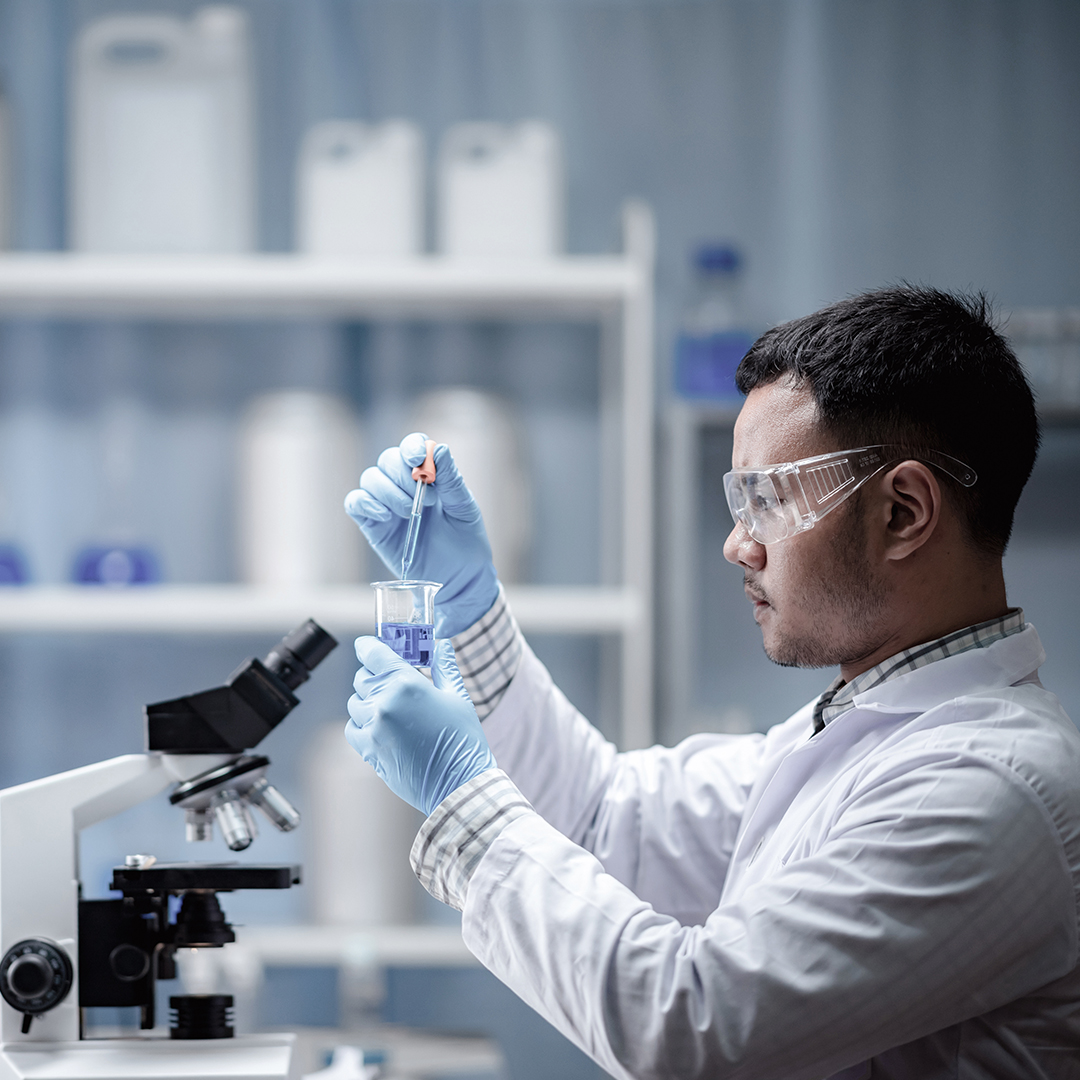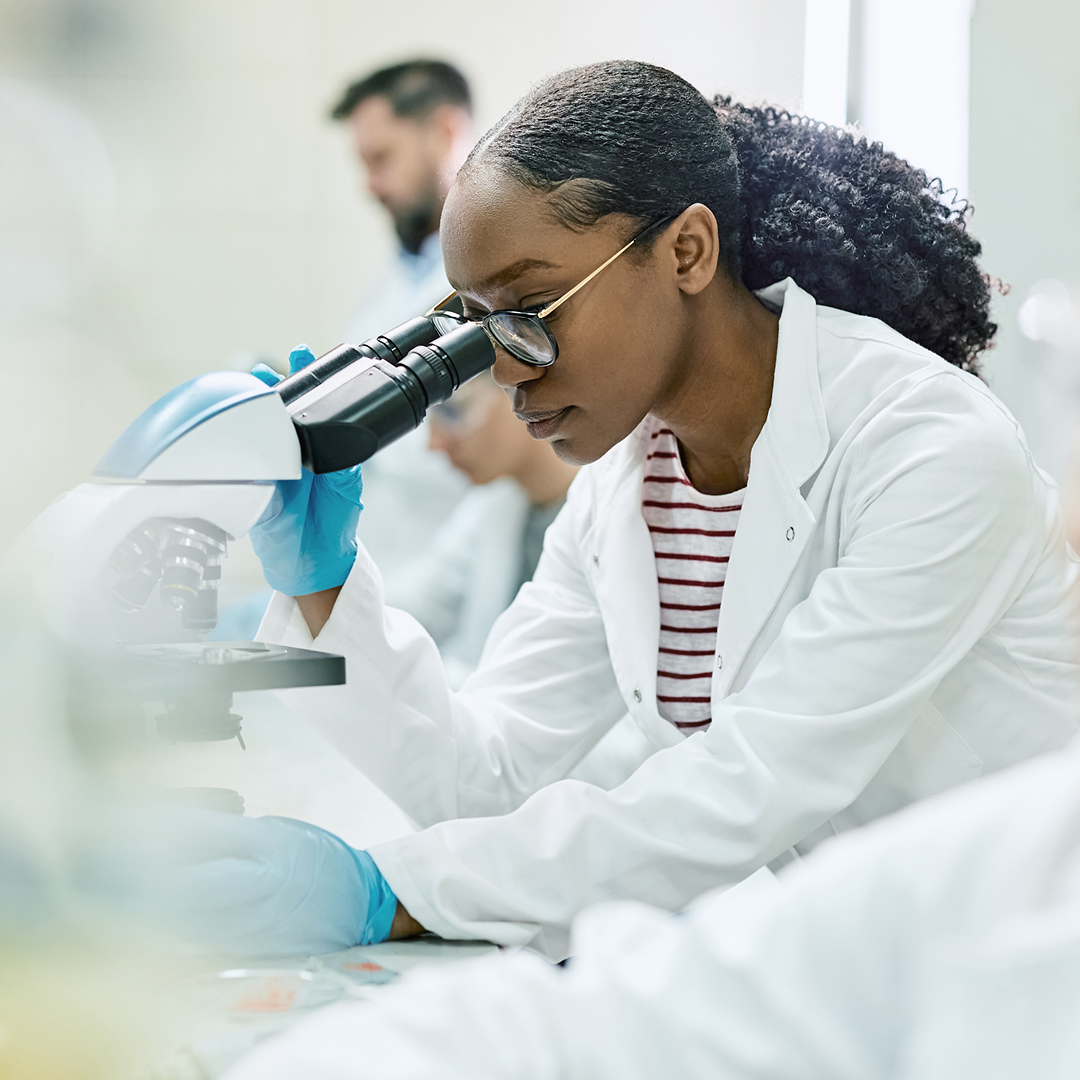Future Cities
Emerging Life Sciences Markets: Richmond, VA
November 20, 2024 5 Minute Read

Demographics
Nearly 1.4 million people—37% aged 18 to 44—live in the Richmond metro, with a projected five-year growth rate of 3.1%. Nearly half of the population are millennials or Gen Zers, who will comprise most of the regional workforce for the foreseeable future.
Figure 1: Richmond Population Analysis
Scientific Employment Benchmarked
1.5% of the Richmond metro talent pool works in occupations that could be biopharmaceutical research & development (R&D), biopharmaceutical manufacturing or medtech roles. Richmond has a strong biotech and healthcare focus, with a robust manufacturing presence, driven by its central location in the Mid-Atlantic. Richmond placed 30th for Life Sciences R&D talent out of 100 metros examined in CBRE’s 2024 Life Sciences Talent rankings. Richmond had the 7th-most people in the “life sciences, all other” occupations, the 26th-most epidemiologists, and the 33rd-most biological technicians, ranking in the top half for most occupations in BioPharma R&D and manufacturing talent pools.
Figure 2: 2023 Richmond Life Sciences-Related Occupations
According to the U.S. Bureau of Labor Statistics, Richmond has a scientific talent employment base that matched the level nationally, but with lower labor costs compared with most other similarly sized metropolitan areas. This is shown in Figure 3.
Figure 3: Life, Physical & Social Science Occupation Summary
Note: Size of dot in chart represents total science employment per market. Showing only markets with at least 5,000 applicable jobs.
Location Incentives
Over the past five years, there have been eight public life sciences economic incentive deals at an average of $8,500 per new job in the Richmond metropolitan area, as reported by fDi Intelligence. Thermo Fisher Scientific, Civica and Aditx Therapeutics are just some of the companies investing in new and expansion projects in this emerging life sciences market.
According to CBRE’s Location Incentives Group, among the top incentive programs offered in Virginia is the Major Business Facility Job Tax Credit, which provides an income tax credit to businesses that establish a new facility or expand an existing facility in the state. To qualify, businesses must meet a new full-time job threshold of 50; however, companies that locate in an economically distressed area or enterprise zone are subject to a lower new job threshold of 25. The credit of $1,000 per new job created in excess of the qualifying threshold is non-refundable and is provided in equal installments over two years.
Another funding tool available in Richmond is the Virginia Economic Development Incentive Grant (VEDIG), a discretionary grant that encourages companies to invest and create job opportunities by locating significant headquarters, administrative or service-sector operations in the state. VEDIG eligibility requirements in Richmond include:
- Create at least 200 new full-time jobs with average salaries at least 1.5 times the average local prevailing wage.
- Make a capital investment of at least $6,500 per job.
Below is a summary of the top incentive programs available in Richmond.
Figure 4: Richmond, Virginia, Top Incentive Programs
Note: The extent, if any, of state and local incentive offerings depends on location and scope of the operation.
R&D’s Role in the State Economy
R&D plays a strong role in Virginia’s economy, ranking in the top half of all states, with R&D expenditures totaling 2.41% of state GDP in 2021, the latest year data is available. That share has grown from 1.73% in 2017.
Figure 5: R&D as a Percentage of Gross Domestic Product
Notes: R&D includes R&D performed by federal agencies, businesses, universities, other nonprofit organizations, federally funded research and development centers, and state agencies. U.S. total R&D reported here includes U.S. territories, as well as R&D for which the location could not be determined. The national GDP total for the United States includes Puerto Rico for all years in which data are available.
Success Drivers
Education
The Richmond population is highly educated, with 16% of people aged 25 and older holding a graduate or professional degree, slightly above the national average of 14%. Furthermore, 25% hold a bachelor’s degree, 3 percentage points above the national average. The Richmond metro ranked 62 of 500 U.S. metros for bachelor’s, master’s and Ph.D. degrees and 76 for Ph.D.s issued in biological and biomedical sciences for the 2021-2022 school year. Richmond is home to six universities offering degrees in biological and biomedical sciences, led by Virginia Commonwealth University (VCU), which awarded 487 bachelor’s, 70 master’s and 32 Ph.D.s in biological and biomedical sciences in 2022. VCU is ranked a top 50 public research university by the National Science Foundation (NSF), and launched the nation’s first Ph.D. program in Pharmaceutical Engineering, further underscoring the metro’s commitment to the life sciences.
Figure 6: Degree Completions
R&D Degrees: Biochemistry, Biophysics and Molecular Biology; Biological and Biomedical Sciences, Other; Biology, General; Biomathematics, Bioinformatics, and Computational Biology; Biomedical/Medical Engineering; Botany/Plant Biology; Cell/Cellular Biology and Anatomical Sciences; Ecology, Evolution, Systematics, and Population Biology; Genetics; Microbiological Sciences and Immunology; Neurobiology and Neurosciences; Pharmacology and Toxicology; Physiology, Pathology and Related Sciences; Zoology/Animal Biology
Other Life Sciences-Related Degrees: Agriculture, General; Bioethics/Medical Ethics; Biological and Physical Sciences; Chemical and Biomolecular Engineering; Chemical Engineering; Chemistry, General; Chemistry, Other; Clinical Laboratory Science/Medical Technology/Technologist; Computer Science; Data Analytics, General; Dental Clinical Sciences, General; Engineering Physics/Applied Physics; Engineering, General; Engineering, Other; Environmental Health; Environmental Studies; Forensic Science and Technology; Genetic Counseling/Counselor; Nanotechnology; Natural Sciences; Oral Biology and Oral and Maxillofacial Pathology; Pharmaceutical Sciences; Pharmacy, Pharmaceutical Sciences, and Administration, Other
Funding
According to PitchBook, Virginia-based companies and institutions received over $450 million in venture capital, grants, private equity and public investment in 2023, already surpassed by the $537 million received so far in 2024. Including M&A, 2024 is set to have record-largest funding deal volume, except for 2021.
Figure 7: Virginia Funding Deal Volume
Note: 2024 YTD as of October 15, 2024
Market Snapshot
Downtown Richmond boasts a 34-acre urban life sciences community known as the VA Bio+Tech Park. The park includes nearly 70 companies, research institutions, state and federal labs and a wet-lab incubator, VA Bio+Tech Center. Richmond is also home to the Alliance for Building Better Medicine, a group of advanced pharmaceutical manufacturers and research organizations with the goal of accelerating the growth and success of the life sciences industry in Central Virginia. From 2020 to 2022, the alliance was awarded nearly $53 million from the U.S. Department of Commerce’s Economic Development Administration as winners of the national Build Back Better Regional Challenge. The NSF also awarded the alliance one of the first NSF Regional Innovation Engines (NSF Engines) Development Awards to support growth in upcoming innovation ecosystems.
Figure 8: Top Life Sciences-Related Companies
Emerging Life Sciences Markets
Emerging Life Sciences Markets
Related Insights
Related Services
- Property Type
Life Sciences
We provide the life sciences industry solutions that maximize facility and investment performance across labs, manufacturing space and critical enviro...
- Property Type
Life Sciences Occupier
Use real estate to create better outcomes for your life sciences business with services trusted by 8 of the top 10 largest life sciences companies.
- Property Type
Life Sciences Investor
Our teams cover the full cycle of life sciences investment. Acquisitions. Leasing. Property management.
Contacts
Eric Stavriotis
Vice Chairman, Advisory & Transaction Services | Location Incentives

Tedd Carrison
Director, Advisory & Transaction Services | Location Incentives

Mara Beck
Director, Advisory & Transaction Services | Location Incentives








